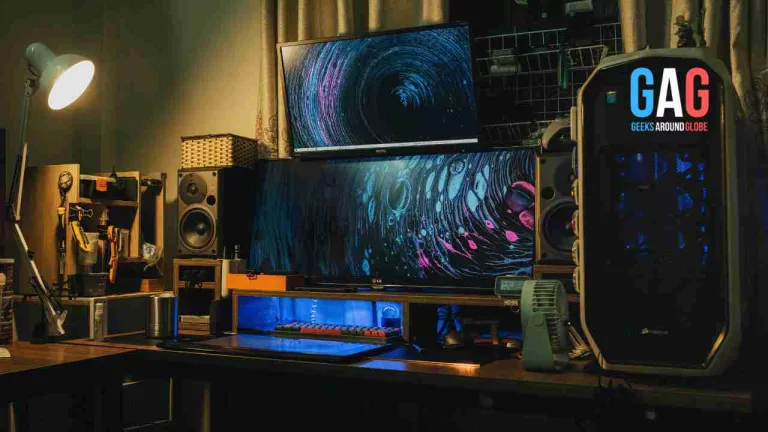Video games have long been blamed for real-life violence. Any time there’s a mass shooting, video game detractors are quick to cast the blame on virtual violence. While it’s almost certain that video games have encouraged the occasional act of violence, the blame can’t be pinned solely on first-person shooters. After all, more than 127 million Americans play video games regularly. If video game violence was so incendiary, the entire country would be in chaos.
Do Video Games Encourage Violence in Children?
The jury is still out on this one and there’s evidence to support both sides of the argument. Some studies have shown a direct correlation between aggression and children who’ve played M-rated video games. However, there’s a higher instance of aggressive behavior in boys, which may be more to do with gender characteristics than the influence of video games themselves.
Things become more complicated when you look at cyberbullying statistics. One study by the Cyberbullying Research Center reported that 11% of gamers had admitted cyberbullying someone within 30 days of answering the survey. By contrast, only 6% of non-gamers had reported doing the same.
Interestingly, most studies suggest that playing video games encourages aggression in children, rather than outright violence. Most experts agree that this increased aggression is less to do with video game content and more to do with the fact youngsters are engaging in a competitive activity.
Do Violent Games Desensitize Players?
Desensitization is a real concern. As players spend hours stabbing and shooting their way through the competition, the emotional response to virtual violence becomes more subdued. In fact, some studies suggest that as little as 20 minutes of violent gameplay can dampen physiological responses.
However, it’s not just video games that are responsible for this desensitization. By the time a child reaches the age of 18, it’s estimated they’ll have witnessed around 16,000 simulated murders occur in television shows, movies, and video games. This doesn’t even factor in the instances of simulated violence.
But does all this mean that people are more likely to engage in violent behavior? In short, the answer is now. Juvenile violent crime statistics are lower than ever and have been in decline for the better part of two decades. During this time, the number of gamers has exploded exponentially. The natural conclusion here is that the increased appetite for video games has reduced instances of violent crime, rather than encouraged them.
Does Simulated Violence Lead to Real-Life Violent Behavior?
Video games are more realistic than ever. This means the simulated violence occurring on a screen is more true-to-life than ever before. There’s a worry that these sophisticated graphics and animations can serve as learning models for real-life violent behavior. In fact, some perpetrators have openly admitted to being inspired by violent video games like the Grand Theft Auto series.
But do hours spent working on CSGO scores and blasting through waves of virtual enemies always equate to real-life violence? It’d be easy to scapegoat video games for violent crimes, but doing so avoids the elephant in the room. Take mass shootings as an example. Politicians and parental advisory groups might find it easy to scapegoat violent games as the powder keg behind such actions, but lax gun control laws are the real problem.







